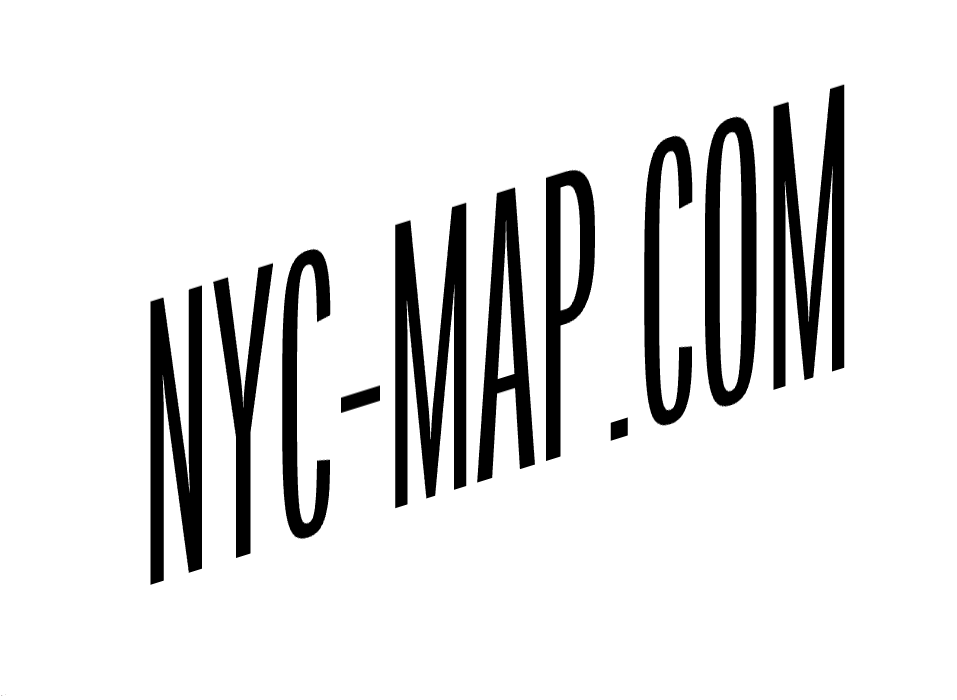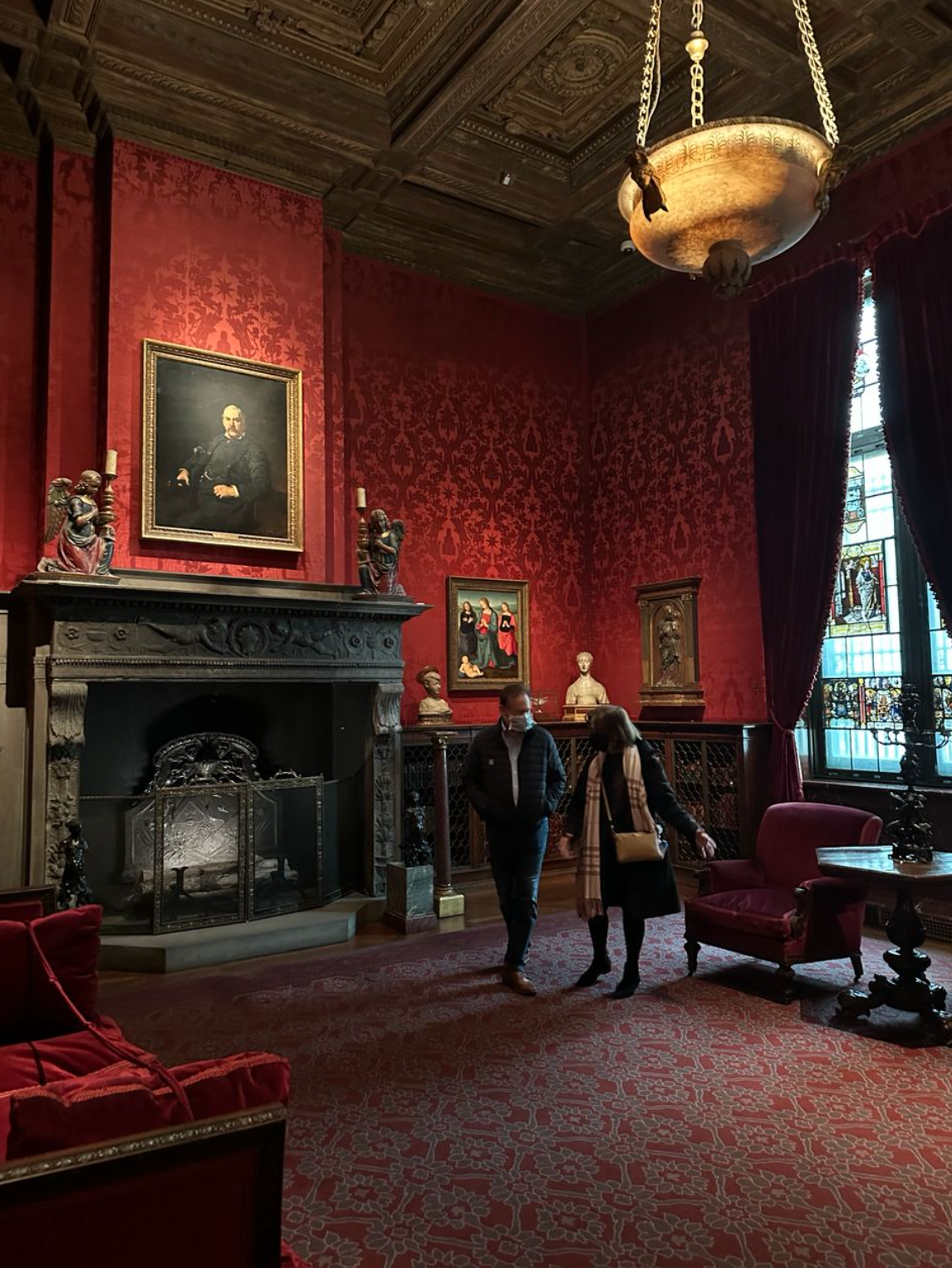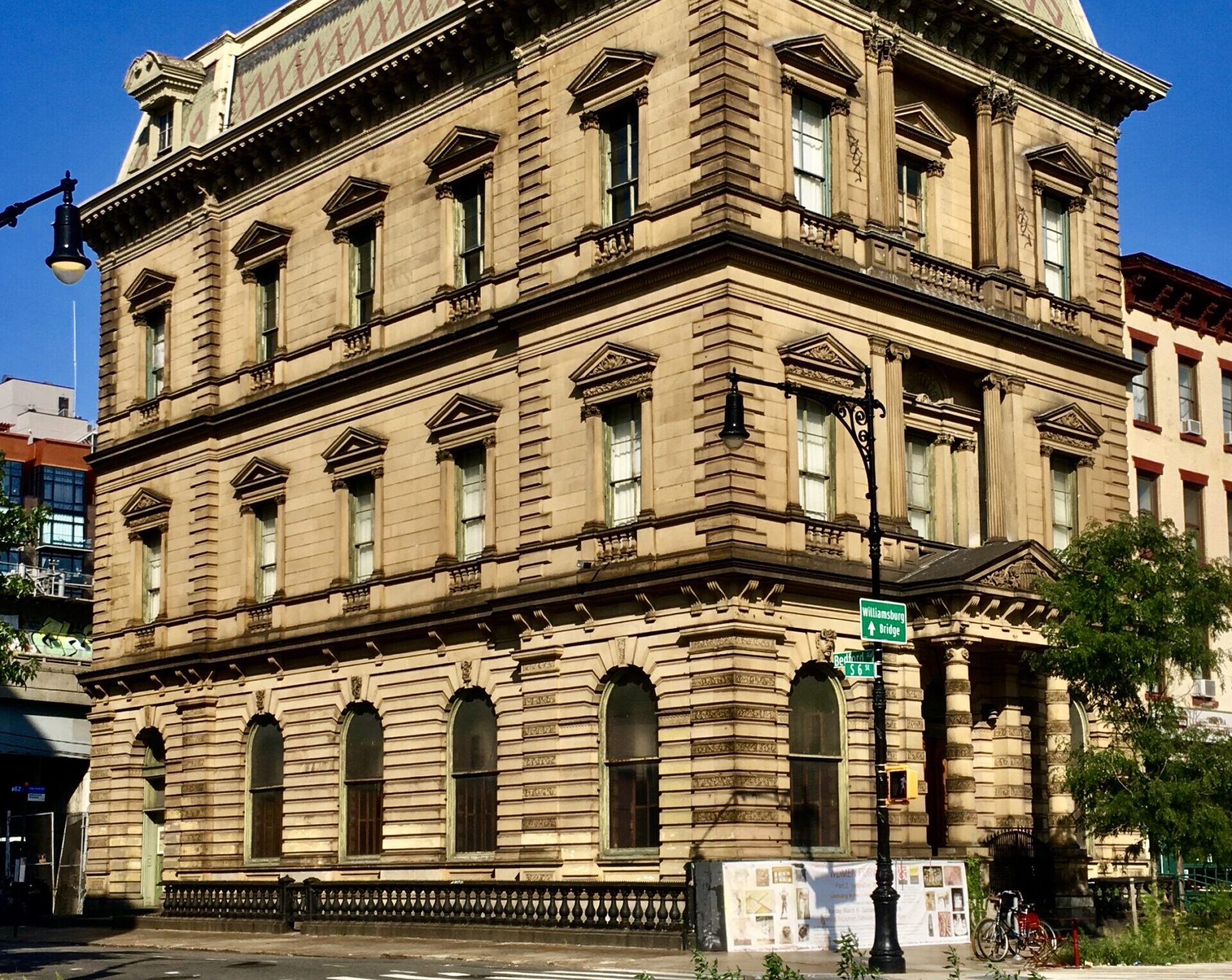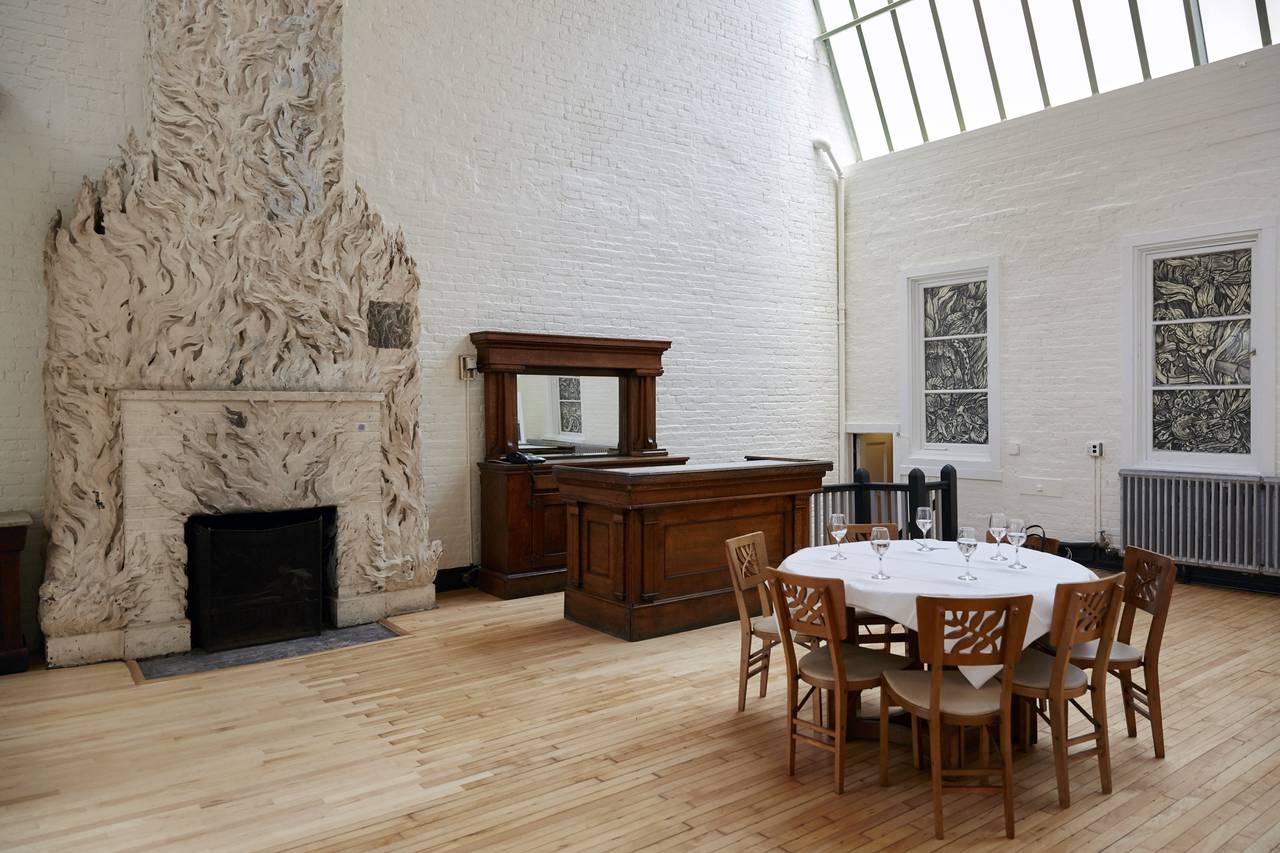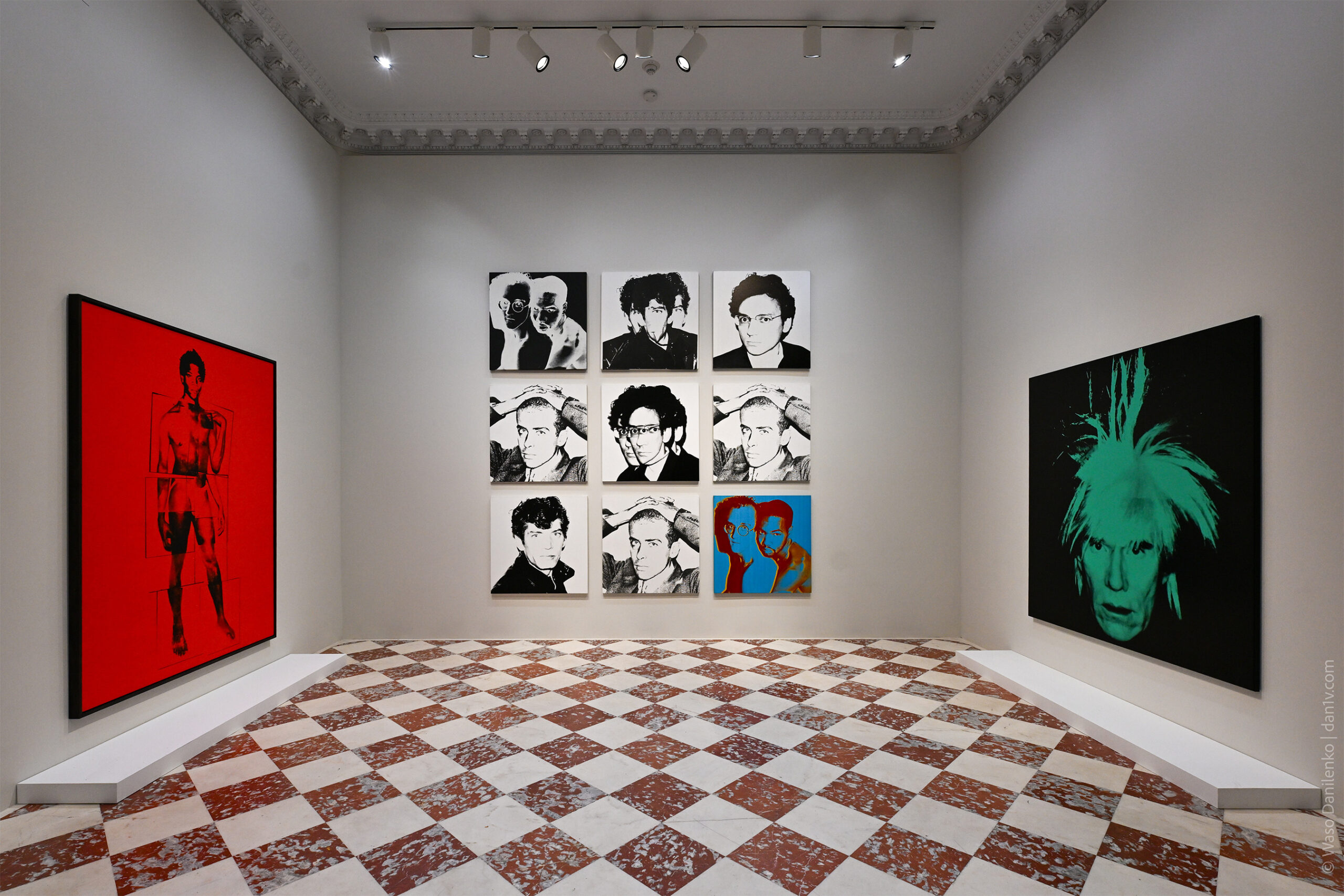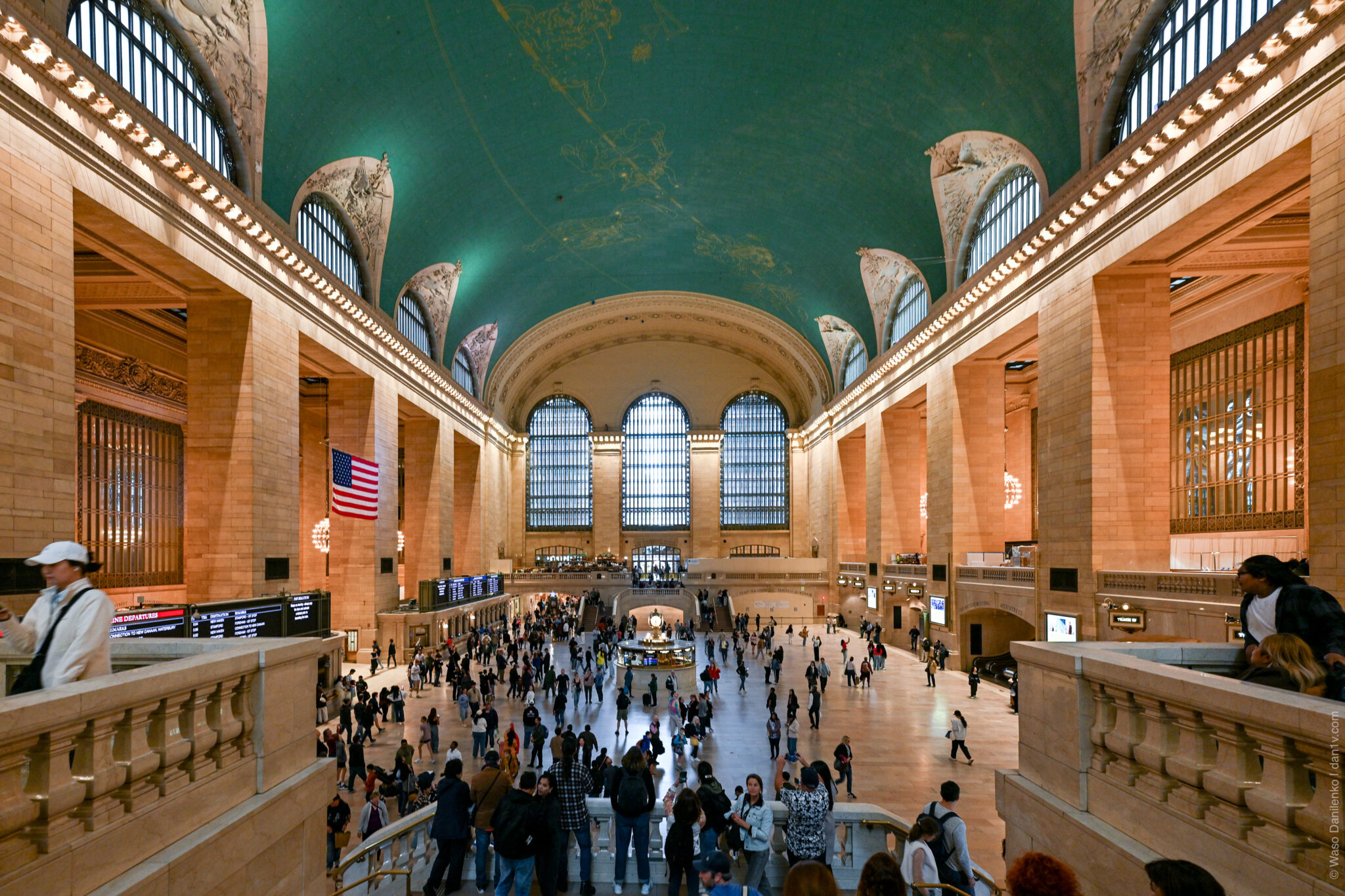The Morgan Library & Museum in New York began not as a public institution, but as the private library and reception rooms of American financier and industrialist John Pierpont Morgan. Visiting the Morgan is like stepping into the home of one of the wealthiest and most influential bankers in history. Inside, you’ll find treasures ranging from rare books and illuminated manuscripts to European drawings and prints, ancient Egyptian artifacts, medieval liturgical objects, Mesopotamian cylinder seals, and original music manuscripts.
A Brief History
John Pierpont Morgan, founder of J.P. Morgan & Co., was one of the most powerful figures in global finance at the turn of the 20th century. He was behind the creation of U.S. Steel, the world’s first billion-dollar corporation, and controlled General Electric and several major railroad companies. Known as a “rescuer” of the U.S. economy during the crises of 1893 and 1907, Morgan was also a generous patron of museums, libraries, and cultural institutions.
The Morgan Library & Museum began as his personal collection — the passion project of a man whose wealth was matched by his appetite for rare books, manuscripts, and works of art. In the late 19th century, Morgan began acquiring treasures from around the world: medieval illuminated manuscripts, authors’ autographs, and rare early printed books, including one of the few surviving copies of the Gutenberg Bible.
As the collection grew, Morgan commissioned architect Charles Follen McKim to design a grand, neoclassical building adjacent to his Madison Avenue home (1902–1906). This was not just a library — it was a private temple of knowledge, open only to a select few.
After Morgan’s death in 1913, his son, J.P. Morgan Jr., transformed the private library into a public institution, gifting it to the City of New York in 1924. Today, The Morgan Library & Museum stands as a testament to how one man’s personal passion for art and knowledge became a national treasure.
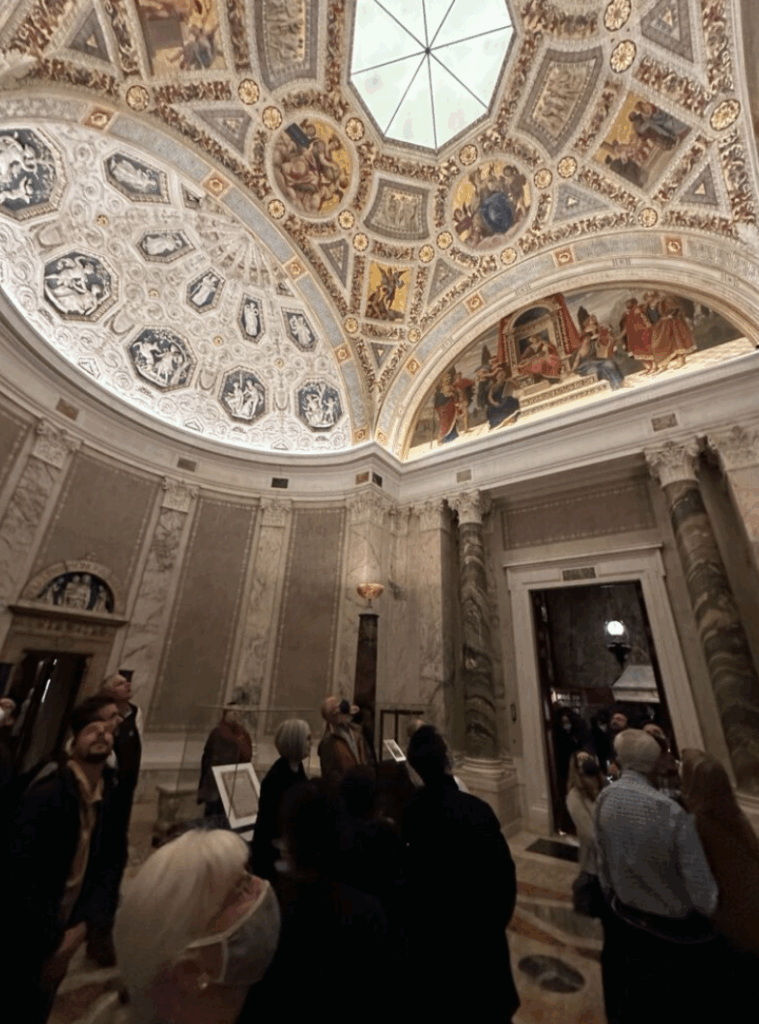
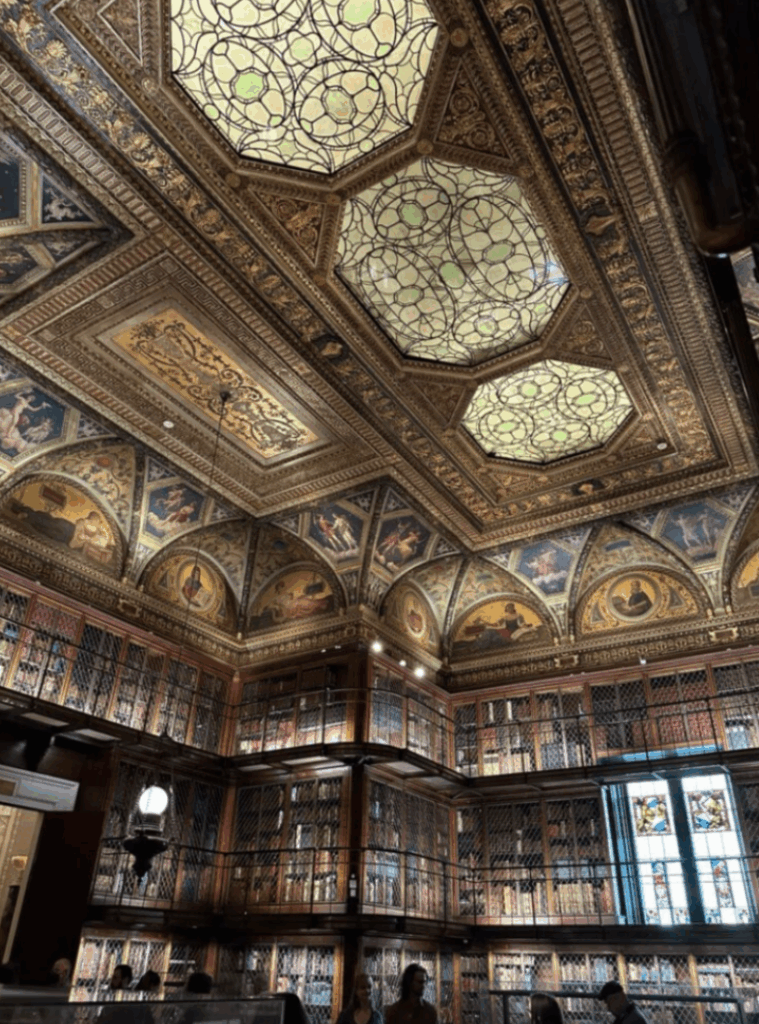
The Collection
The heart of the Morgan is its manuscripts and books. Highlights include illuminated medieval manuscripts such as 9th–10th century Gospels, exquisite French and Italian Books of Hours, and one of the rare surviving Gutenberg Bibles (c. 1455). Visitors can also see letters from Jane Austen, Charles Dickens, and Honoré de Balzac, along with drafts and manuscripts by poets from Byron to T.S. Eliot.
Music lovers will find priceless autographs of original scores by Mozart, Beethoven, Schubert, and Stravinsky — offering a direct glimpse into the creative process of the great composers.
The fine art collection includes drawings by Raphael, Rembrandt, Leonardo da Vinci, Dürer, and Michelangelo. Tens of thousands of prints and etchings trace the history of printmaking from the 15th century to today.
Archaeological holdings feature Mesopotamian cuneiform tablets, Egyptian papyri, and classical antiquities, painting a vivid picture of humanity’s early cultural development.
The Morgan is not just a static museum, but an active research center. Many of its treasures are studied by scholars, published in catalogs, and loaned to exhibitions worldwide. The richly paneled library rooms, with their stained glass and towering bookcases, are as much a part of the experience as the objects themselves.
Fun Facts
- Guided tours take visitors through the collection’s highlights while sharing stories about J.P. Morgan and his circle.
- The museum café is considered one of the most pleasant in New York — a perfect place to enjoy a coffee or a glass of wine.
- The Morgan regularly hosts world-class exhibitions. For example, during the author’s visit, there was a special show of Antoine de Saint-Exupéry’s original illustrations and manuscripts for The Little Prince, written during his time in New York.

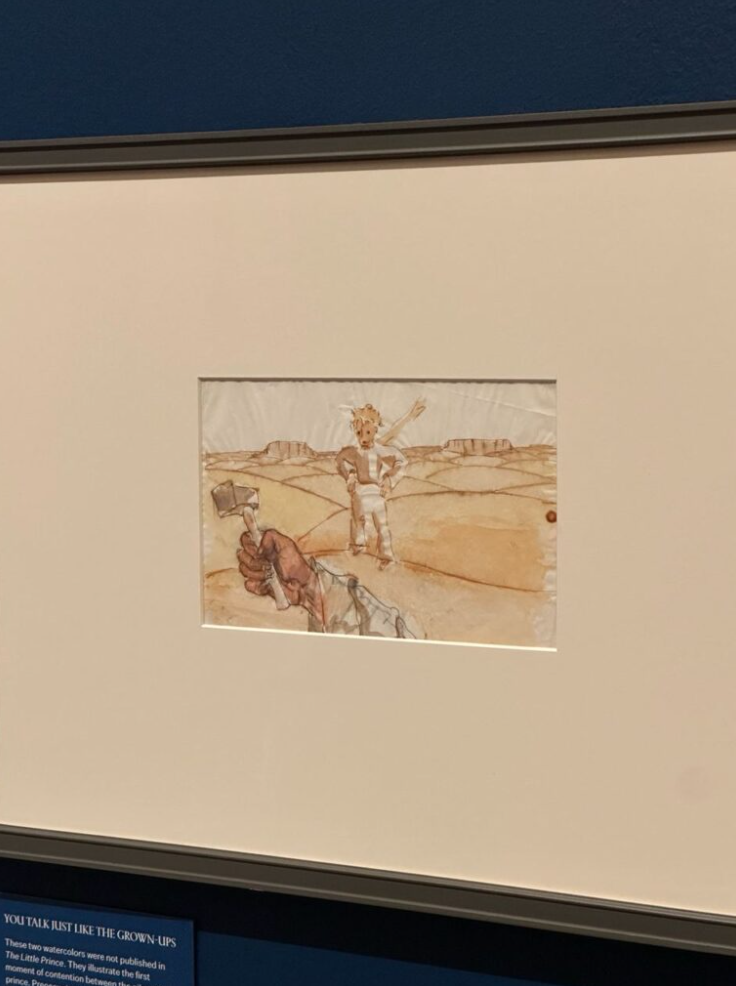
Visitor Information
Website: www.themorgan.org
Address: 225 Madison Avenue, New York, NY
Admission: $25.50 (Free on Fridays from 5–7 PM; advance reservation required)
